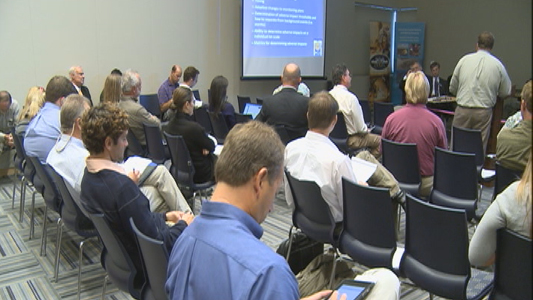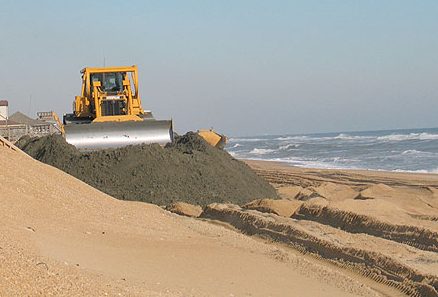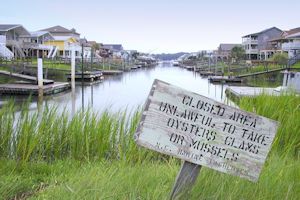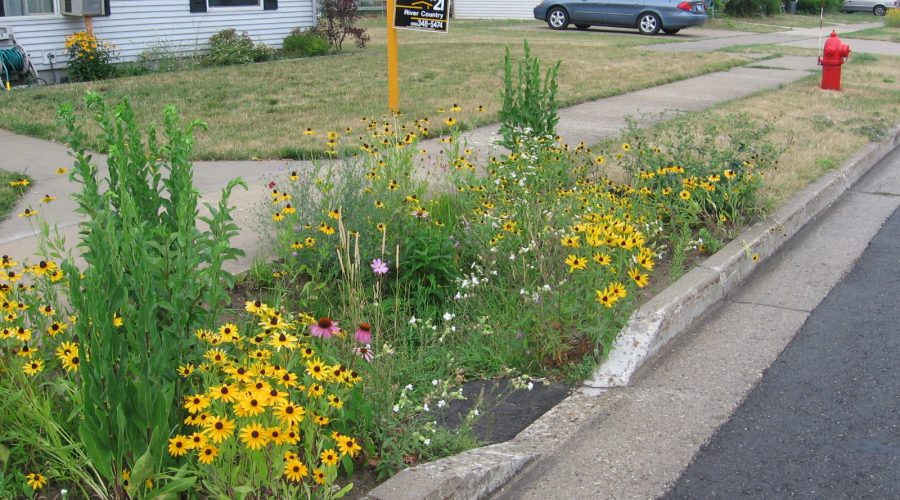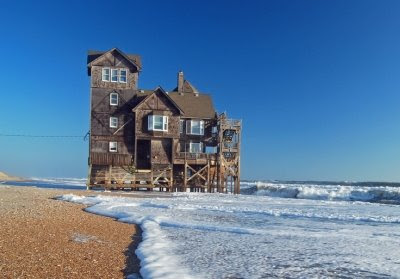The Coastal Resources Commission was intended to represent a broad cross-section of people. A new bill will diminish that intent.
Todd Miller
Putting Your $$ Where the Beach Is
Emerald Isle should be applauded for looking for ways to pay for beach re-nourishment projects with its own money.
Invest in Polaroid?
Metaphorically speaking, that’s what the state legislature will be doing if it passes a foolish bill on sea-level rise.
The Sand Lobby
Local governments in coastal North Carolina paid hundreds of thousands of dollars in 2011 to lobby Congress for money for their shore protection projects.
How About Getting Serious?
It’s high time for a realistic, sober assessment of the state of our environment.
Is This Road Really Needed?
Next time you’re stuck in traffic, you can turn your thoughts to the empty, $400 million superhighway that may soon be built through Tyrrell and Dare counties.
Liquid Assets or Simply Underwater
Remember when coastal real estate was a liquid asset and great investment? Though those days are gone, we could learn from our mistakes.
Dancing at the Crossroads
In the past several years, huge progress has been made in gaining acceptance for low-impact development along our coast
The Fatal Flaw of Cost-Benefit Studies
These studies fail to adequately reflect the inherent risks of protecting buildings along the volatile oceanfront.

